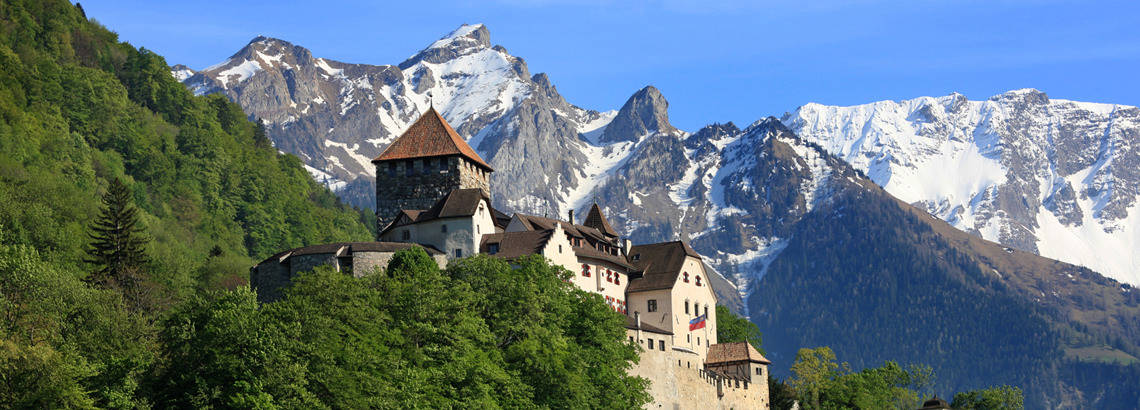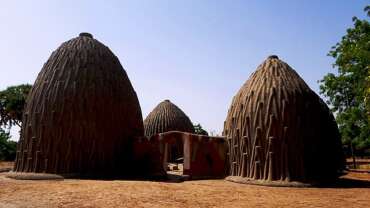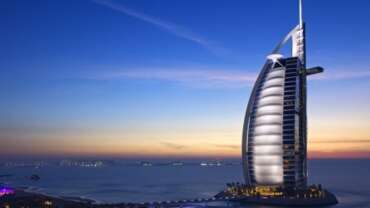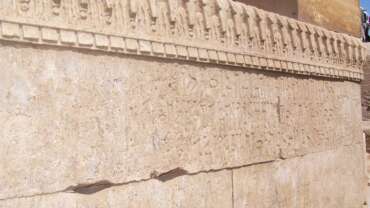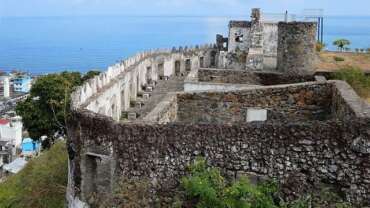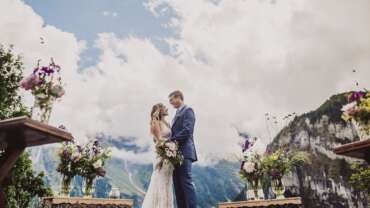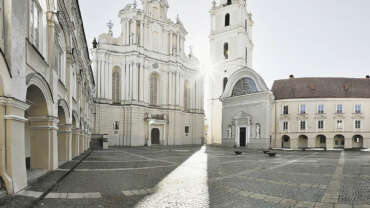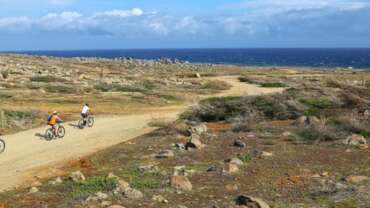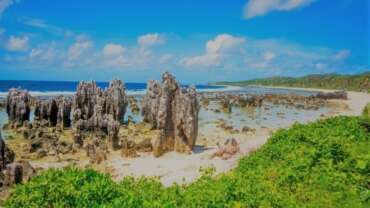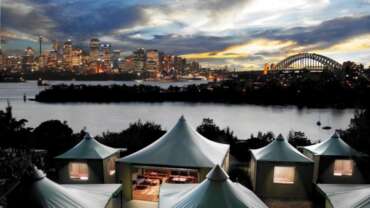Liechtenstein - Experience princely moments
Liechtenstein is a German-speaking, 25km-long principality between Austria and Switzerland. It’s known for its medieval castles, alpine landscapes and villages linked by a network of trails. The capital, Vaduz, a cultural and financial center, is home to Kunstmuseum Liechtenstein, with galleries of modern and contemporary art. The Postmuseum displays Liechtenstein’s postage stamps.
“Hoi” and a warm welcome to Liechtenstein! “Hoi”, which means “hello”, is not only the word that you will hear most frequently when in Liechtenstein but also more or less the “password” to Liechtenstein’s software. Saying “Hoi” makes you a Liechtensteiner. Give it a go and don’t worry if you receive the answer “Wem ghörscht?”, which literally means “Who do you belong to?”. That, after all, is a whole other story…
Culture & Traditions of Liechtenstein
Culture
160km², 37,000 inhabitants, 2,600 music pupils, 40 bands, 26 choirs, 10 brass bands, 2 orchestras, 2 musical theatres, 2 operetta stages and 1 opera company the facts and figures about music in Liechtenstein speak for themselves and show clearly that the Principality has one of the most active culture scenes in the world. In Liechtenstein, culture is all about doing, creating and experiencing. Embark on an exciting journey and discover the diversity of culture in Liechtenstein.
Traditions
The word “tradition” sounds a little old-fashioned, a little outdated. But here in Liechtenstein we are proud of our local customs and our dialect; every year we look forward to the National Day and the carnival celebrations. Tradition is more than just a word traditions are the ideas and values passed on from generation to generation that form part of our lives and make us who we are.
Special traditions
Liechtenstein may be a small country, but its citizens are very proud of their local traditions. These can range from the language they speak to customs and values linked to the history of the Principality.
Liechtenstein’s citzens speak an Alemannic dialect of German. Yet, despite the country’s size, there is no “pure” Liechtenstein dialect. Instead, different variations of the dialect are spoken in the different regions an expression of the country’s cultural diversity. Even today it is possible to tell which area of the country somebody is from simply by listening to them talk: Balzners, Triesenbergers and Ruggellers all speak in a certain way. A good example of this is the range of words used in Liechtenstein for “slippers”, which can be called “Finka”, “Tasi”, “Tappa” and even “Pootscha” depending on where you are from.
Clichés and stereotypes
Liechtenstein’s citizens may be proud of their traditions, but they also never miss a chance to tease their fellow countrymen about the local clichés and stereotypes passed down through the generations. It is said, for example, that those from Balzers do everything very, very slowly; the common stereotype about people from the Unterland (north) of the country is that they own large amounts of land.
The “Scheidgraben”
Another cultural aspect peculiar to Liechtenstein is the “Scheidgraben”. This term was originally used to refer to a ditch marking the border between the Oberland (south) and the Unterland (north). The ditch still exists today, and although it is not particularly deep it remains a symbol of the divide between the two regions that make up the country. On each side of the “Scheidgraben” you will hear different dialects, and the results of elections and referendums are often influenced by which side you live on. Liechtenstein was originally formed when the Dominion of Schellenberg (purchased in 1699, today the “Unterland”) and the County of Vaduz (puchased in 1712, today the “Oberland”) were merged. That is why even today you will hear residents in the Unterland declare: “No Unterland, no fatherland.”
Customs
Most of Liechtenstein’s customs are drawn from Alemannic culture, with many also closely linked to the Catholic church and its holy days and rites. Customs are spread throughout the year and often mark the start or end of seasons or are even considered seasons in their own right.
The carnival season, referred to as “Fasnacht”, is celebrated in Liechtenstein from Dirty Thursday through until Carnival Tuesday and is known as the “fifth season of the year”. It is followed by Bonfire Sunday, traditionally the Sunday after Ash Wednesday, when a large pile of wood is set alight to drive away the winter. Liechtenstein’s national day, the Prince’s Day, is celebrated every year on 15 August. A holy day and a bank holiday in the Principality, it was introduced in 1940 and is closely linked to the birthday of the Reigning Prince at the time, Prince Franz-Josef II, on 16 August.
Bringing down the cattle wine harvest
After spending the summer grazing up on the high pastures, cattle are brought back down into the valley in autumn. This tradition is celebrated every year with small processions of cows being led through the villages with colourful headdresses made of flowers and bells around their necks. Many people gather to watch these processions, which are linked to traditional cattle markets in Triesenberg, Vaduz and Eschen that today take place in the form of fun fairs. Another autumn custom is the wine harvest, known as “Wimmlete”. In the vineyards the grapes are gathered with the help of friends and relatives, before everyone settles down over a hearty meal and a glass of wine to reflect on that year’s harvest. The highlight of the annual “Wimmlete” is the measuring of the density of grape must according to the Oechsle Scale, an indication of grape ripeness and sugar content. If that year’s harvest of Blauburgunder grapes reaches 100 on the Oechsle Scale, the winemakers celebrate by opening a few more bottles. Indeed, if the party is swinging and the wine is flowing then sometimes a score of only 90 is enough to justify a few more glasses.
Art & Music of Liechtenstein
Art
Is art created for the artists themselves? For another person? For the general public? What is art? And why? A typical Liechtenstein answer to this question could be: “Stop asking, start doing!” That is exactly what art is: quiet, loud, intimate, public and most of all: diverse.
Art scene
Is art all about big ideas and big constructions? No, art lies in the eye of the beholder, even in little Liechtenstein. Art is not about size but about dexterity, creativity, heart and soul. That is what art is not only in Liechtenstein.
Art in Liechtenstein is not monumental, obvious art designed to be displayed in the world’s major cities. Instead, it is a game of hide and seek. It creeps up on you and surprises you in public places, between shops, at the entrance to a building or as part of the architecture. There is plenty of art to discover just remember to keep your eyes open!
Advice, information and support
The Professional Association of Visual Artists (“Berufsverband Bildender KünstlerInnen”) supports and protects Liechtenstein’s burgeoning culture scene. It aims to promote all forms of visual art in Liechtenstein and represents the interests of its members in dealings with authorities and organisations at both at national and international level. It also provides information and advice for artists and art enthusiasts.
Vibrant art scene
Liechtenstein has a vibrant art scene. Artists from the Principality exhibit their work both at home and abroad and participate in many biennales, while film festivals, publications and exchange programmes with other countries are also a major part of the local art scene. Both the public and private sector frequently invest in ambitious architecture projects. Painters, graphic designers, video artists, sculptors, photographers and filmmakers all contribute to creating exciting and diverse art made in Liechtenstein.
Music
While Balzers is known as “the village of song”, Liechtenstein itself can most definitely be called the “country of music”. If you could turn down the noises of everyday life, then somewhere in the country you could hear music being played by one of the many associations, bands, ensembles or orchestras.
Operettas, musicals and opera
The municipalities of Balzers and Vaduz are the traditional home of operettas, musicals and opera in Liechtenstein. The operetta societies in Balzers (1913) and Vaduz (1940) as well as the Liechtenstein Musical Company (1997) based in Balzers and the Vaduz Opera Society (1997) share more than 200 years of experience.
The operetta socities in Balzers and Vaduz were originally formed when the local men’s choirs wanted to perform theatre and musicals to the population. Popular, well-known pieces were performed once a year at both locations until the mid-1970s. Since 1977 the societies have performed in alternate years and continue to attract large audiences from near and far.
Diversity as a recipe for success
Since its foundation in 1997, the Vaduz Opera Society has performed a number of well-known works. As with the two operetta socieities in Vaduz and Balzers, the society’s success is based on a mixture of local singers, regional musicians and renowned soloists from Liechtenstein and abroad.
Hair, Joseph, Grease, Cabaret
Since it was first created, the Liechtenstein Musical Company (LMC) has aimed to put on a professional musical in Balzers every two years. The LMC works with professional musicians from abroad and offers talented and interested youngsters from across Liechtenstein and the surrounding region a unique platform.
Theatre and dance
Theatre in all its forms is popular in Liechtenstein, not least amateur theatre. The country boasts a large number of passionate amateur actors and actresses who are often also frequent visitors to the professional productions put on in the Principality. Indeed, such is the attraction of the local theatre scene that many theatre enthusiasts from the surrounding region travel to Liechtenstein to attend performances. This also applies to the country’s dance scene.
TAK Theater Liechtenstein
The “TAK” is the grand daddy of Liechtenstein’s theatre scene. For over 40 years it has combined theatre, music, comedy, dance and readings under one roof. As well as staging its own productions, it frequently welcomes internationally renowned artists, ensembles, orchestras and conductors. Over the years it has developed into a platform for culture in Liechtenstein and today collaborates with the “Schlösslekeller” theatre and the “Literaturhaus Liechtenstein” to put on events.
Schlösslekeller good things come in small packages
The Vaduz cabaret stage, founded in 2003, is one of the “big” stages in Liechtenstein, not least because of its move in November 2016 together with the TAK. The Schlösslekeller stands for an extremely lively cabaret scene in Liechtenstein, not only showing international and regional stars of the cabaret scene in its programme, but also promoting young local artists.
Junges Theater Liechtenstein
Every year since its foundation in 2001 the “Junges Theater Liechtenstein” has put on professional theatre productions featuring children, teenagers and adults with and without mental handicaps. Age groups range from U9 through to U21, with the theatre team on hand to introduce the children and teenagers to the world of acting in a fun and enjoyable way.
Amateur dramatics
Amateur dramatics are a major part of village life and have a long and proud tradition in Liechtenstein. Performances put on by the local football team or the voluntary fire brigade draw large audiences and are annual highlights.
Museums & Exhibitions of Liechtenstein
Museums and exhibitions
Museums are places where treasures are kept and showcased. Sometimes it is difficult to understand them at first indeed, sometimes it is difficult to understand them at all! But that is the magic of art: learning to observe, analyse and discover. Liechtenstein holds plenty of opportunities to train these skills and plenty of art, museums and treasures to discover.
Liechtenstein National Museum
The Liechtenstein National Museum is home to a permanent exhibition showcasing the history and culture of Liechtenstein as well as a number of temporary exhibitions. The Postage Stamp Museum in Vaduz is affiliated to the National Museum and displays artefacts and documents relating to the postage service in Liechtenstein. There is also a local history museum in Schellenberg giving an insight into life in the Principality around 1900.
Liechtenstein Museum of Fine Arts with Hilti Art Foundation
Kunstmuseum Liechtenstein is a museum of modern and contemporary art at the heart of Vaduz. The museum building, opened in 2000, a black cube with a subtly reflective façade, sends out a strong message to the outside world. Inside, spacious exhibition rooms stretch out over two levels, of which the upper one receives daylight through a glass ceiling. The profile of the collection of Kunstmuseum Liechtenstein, which is at the same time the state art collection of the Principality of Liechtenstein, is specifically defined by three-dimensional artworks: sculptures, installations and objects. A particular emphasis is on arte povera and post-minimal art. The collection is showcased in temporary presentations accompanying the major changing exhibitions of international 20th- and 21st-century art.
The new Hilti Art Foundation exhibition building was added to the Kunstmuseum in 2015. This important private collection from Liechtenstein comprises outstanding works of classical modernism and contemporary art. 130 years of art history are thus waiting to be experienced and discovered at Kunstmuseum Liechtenstein.
Treasure Chamber
The Treasure Chamber of the Principality of Liechtenstein in Vaduz, the only museum of its kind in the Alps, focues primarily on exhibits belonging to the Princes of Liechtenstein and other private collectors.
Local and private museums
There are a number of other museums in Liechtenstein. These include the English Building Art Space in Vaduz, a number of local museums/culture centres and a series of privately run galleries.
National Library
The Liechtenstein National Library is a national library, research library and public library all under one roof. It includes a special collection of publications, recordings and videos from and about Liechtenstein.
Activities in Liechtenstein
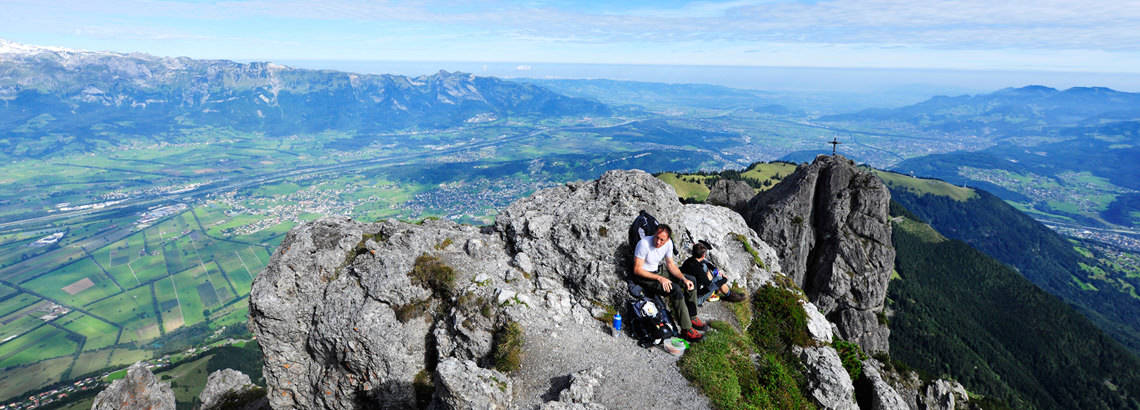
Relaxation, sport, fine dining, exploring nature, visiting museums whatever you are into, Liechtenstein has the perfect answer. And whatever you decide to do, we are sure that it will be the right decision! Liechtenstein offers a broad range of activities both in summer and winter. Experience princely moments throughout the year!
From high-alpine mountaineering to relaxing walks, challenging mountainbike rides to easy cycle trails there are plenty of different way to enjoy Liechtenstein. Whatever you decide to do, there are few better ways to cool off afterwards than with a dip in one of the swimming lakes followed by a refreshing drink and a hearty al fresco dinner to the sound of live music. Sounds like a typical summer day in Liechtenstein. Sounds like a great way to relax!



